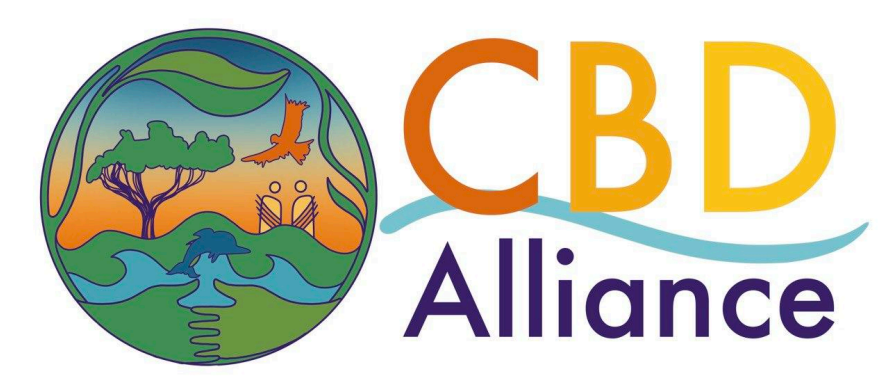Targets 2 & 3: Advancing Effective Gender Integration
Alejandra Duarte & Meenal Tatpati, Women4Biodiversity - Biodiversity conservation and restoration, without recognition and legitimisation of women’s consistent efforts cannot be achieved. Yet, women from Indigenous Peoples and local community groups face persistent and systemic barriers including lack of legal and customary access and ownership to land and territories and natural resources, exclusion from funding processes, and marginalization in decision-making spaces which are well established critical areas to achieve conservation outcomes. ...
Corporate invasion of Indigenous territories and infringement of collective rights coincides with biodiversity loss
WilmerLucitante Criollo, UDAPT - Around the world, indigenous peoples and local communities are suffering a double attack: on the one hand, extractive projects by transnational companies that devastate their territories and, on the other, human rights violations that occur when they resist. The destruction of biodiversity and the denial of collective rights are two sides of the same coin, both driven by a global economic model that prioritizes investment over human and collective rights and the lives of indigenous communities. ...
Reflections from a Side Event on Gene Drives
Nele Mariën, Friends of the Earth International - Yesterday I attended a side event on gene drives. I am not an expert on the technology, but I do know it is one of the most controversial topics under the Convention on Biological Diversity. My main interest was understanding how dialogue with Indigenous Peoples on this issue would unfold — and whether it would reflect a genuinely participatory process.
Rethinking ecological restoration from the perspective of local communities and their ancestral knowledge
Lizet Mejía, GYBN Peru - In recent years, there has been an increase in initiatives to restore ecosystems in all their diversity, but these lack sufficient information on the contributions of indigenous peoples to restoration.
